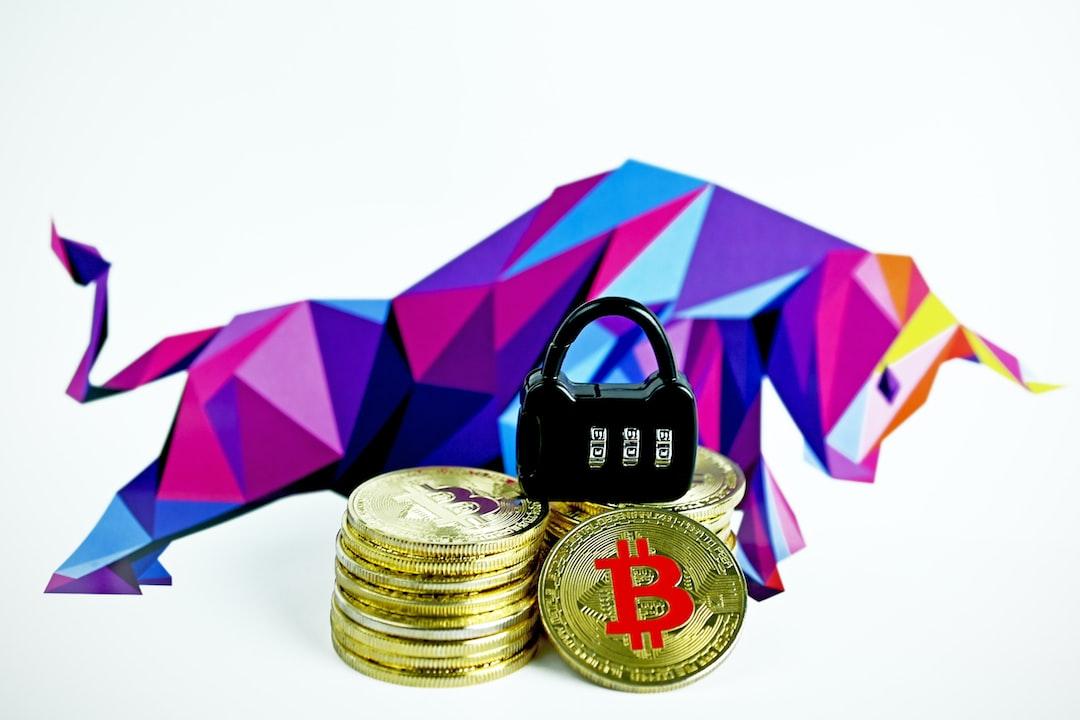Binance Survey Shows: Security Awareness Matures
According to a large-scale user survey conducted by Binance, over 80% of respondents have enabled two-factor authentication (2FA), and 84% of respondents express trust in protective mechanisms such as Binance’s Secure Asset Fund for Users (SAFU). This demonstrates a significant increase in user awareness of information security and a growing confidence in exchange-led protection systems.
The survey, titled “Asia Cryptocurrency Security Survey,” collected a total of 29,847 valid responses from users in Southeast Asia, South Asia, and East Asia, making it one of the most comprehensive observations to date. It delves into how users in the region perceive and practice security measures and how exchanges and the industry can further support users through tools, education, and proactive protective mechanisms.
From “Awareness” to “Action”: Information Security Habits Are Changing
According to the survey data, 47.2% of respondents are high-frequency traders who use cryptocurrency exchanges multiple times daily. Notably, nearly 30% of respondents entered the cryptocurrency market within the past six months, reflecting the rapid growth trend of the Asian crypto market.
Despite the rapid expansion of user numbers, the survey also reveals a distinct disparity in security behaviors: while most users possess basic protective awareness, there is still insufficient adoption of advanced protective mechanisms.
80.5% of respondents have enabled 2FA, indicating that users have a good understanding of basic information security measures. However, only 17.6% have activated address whitelisting, and just 21.5% use anti-phishing codes. Furthermore, 34.4% of respondents store their private keys on connected devices, with this figure reaching as high as 42% in Southeast Asia. These behaviors highlight the ongoing need for education and practical tools to simplify the information security protection process for all users.
Optimistically, 73.3% of users double-check the recipient address before making transfers, demonstrating users’ emphasis on risk management in their daily operations.

Overall, the survey indicates that continuous education is crucial for encouraging users to confidently adopt advanced information security measures.
As Users Become More Proactive, Trust in Exchanges Also Increases
According to the survey, despite 40.7% of respondents having encountered cryptocurrency-related scams, most now display higher resilience:
Over half of the respondents (53.4%) stated that they would immediately contact the exchange to freeze assets if they encountered a scam, demonstrating basic preparedness and trust in the platform’s response capabilities. Additionally, 84% of respondents indicated that they trust protective mechanisms like Binance’s Secure Asset Fund for Users (SAFU).
Although common scam tactics such as phishing links (69.5%), fake insider information (54.9%), and fraudulent airdrops (52%) still exist, the survey results show that an increasing number of users can identify potential risk signals, becoming more discerning, proactive, and willing to utilize security mechanisms provided by the platform.
From Passive to Proactive: Users Have Higher Expectations for Exchange Security
The survey results indicate a significant shift in user expectations—from passive protection in the past to immediate and intelligence-driven threat management. Users increasingly expect exchanges to proactively detect, prevent, and mitigate potential threats, addressing issues before damage occurs.
62.5% of respondents listed “real-time threat interception” as their top security need, reflecting a strong demand for automated defense and alert systems. 50.4% of respondents expressed the need for device-level threat detection features, such as malware identification and alerts for compromised devices. Nearly half of the respondents support the establishment of a suspicious address database and the introduction of biometric verification to strengthen identity protection measures.

This transformation reflects a change in user mindset: exchanges are no longer viewed merely as platforms for asset trading. Today, users expect industry leaders like Binance to set new standards, particularly in creating smart and intuitive security systems.
Users Prioritize Private Key Protection, Binance Strengthens Decentralized Wallet Security with MPC Technology
In terms of decentralized wallets, users prioritize features that provide stronger control and intelligent threat detection. The survey results show that wallets are no longer just simple tools for storing assets but serve as intelligent security layers for asset protection.
62.8% of respondents listed enhanced private key protection as their most anticipated wallet feature, highlighting the high demand for more intuitive and secure self-custody tools. 50.4% of respondents wish for more comprehensive backup and recovery options, which are crucial for enhancing users’ sense of security and asset control. Over 40% of respondents support the development of proactive fraud detection tools, such as phishing alerts, suspicious transaction monitoring, and hacker protection features.

Binance meets these expectations through its Binance Wallet, which plays a key role in the decentralized wallet space. The wallet utilizes Multi-Party Computation (MPC) technology, eliminating the need for recovery phrases and securely splitting private keys into three cryptographic keys.
Simple and Localized Education is Key to Closing the Security Gap
Education remains a key pillar of user protection. The survey reveals that users are eager for more practical and accessible learning experiences:
55.8% of respondents believe existing educational materials are “too technical and difficult to understand.” 39.7% prefer localized real-case analyses to enhance their understanding of actual situations. To effectively promote anti-fraud education, it is also essential to understand the channels through which users most frequently encounter misleading or fraudulent content. In the Asia-Pacific region, such content is most prevalent on X (formerly Twitter, at 57%) and Telegram (51.2%), but the channels of exposure vary slightly in different markets—for instance, Facebook is the primary platform in Southeast Asia (61.1%), while WhatsApp is a key channel in India (42.5%).

61.3% of respondents expressed a willingness to participate in “anti-fraud simulations” led by exchanges to enhance their alertness—especially when these simulations incorporate rewards or gamification, indicating that users are not only willing but eager to learn. Our information security team regularly shares easy-to-understand articles that break down complex topics such as SMS phishing (smishing) and phishing attacks, helping users bridge knowledge gaps while retaining all key details. We invite you to check out our security column series and embark on an insightful learning journey to help you identify potential risks!
Binance: Comprehensive Strengthening of Security Protections
According to Chainalysis’ 2025 “Cryptocurrency Crime Report,” in 2024, cryptocurrency addresses listed for illegal purposes received a total of $40.9 billion in funding. Although this figure may rise as more illegal addresses are identified, the proportion of illicit trading volume to overall on-chain activity has significantly decreased—from 0.61% in 2023 to only 0.14%, demonstrating the effectiveness of proactive security measures adopted throughout the industry.
Binance continues to lead in the security domain and is doubling down on its commitment to safety and compliance, investing hundreds of millions of dollars to enhance platform protections and establish overall industry resilience.
Binance’s Security Chief, Jimmy Su, stated, “In just 2024, we successfully prevented over $4.2 billion in potential user losses, helped recover $88 million in stolen or lost assets, and protected more than 2.8 million users from malicious attacks.”
“As the industry continues to evolve, the tactics of malicious actors also change. We are heavily investing in localized, practical, and easy-to-understand anti-fraud education to truly meet user needs; at the same time, we are accelerating the deployment of real-time risk detection systems and closely collaborating with regulatory agencies and law enforcement across Asia to better protect users’ assets.”


